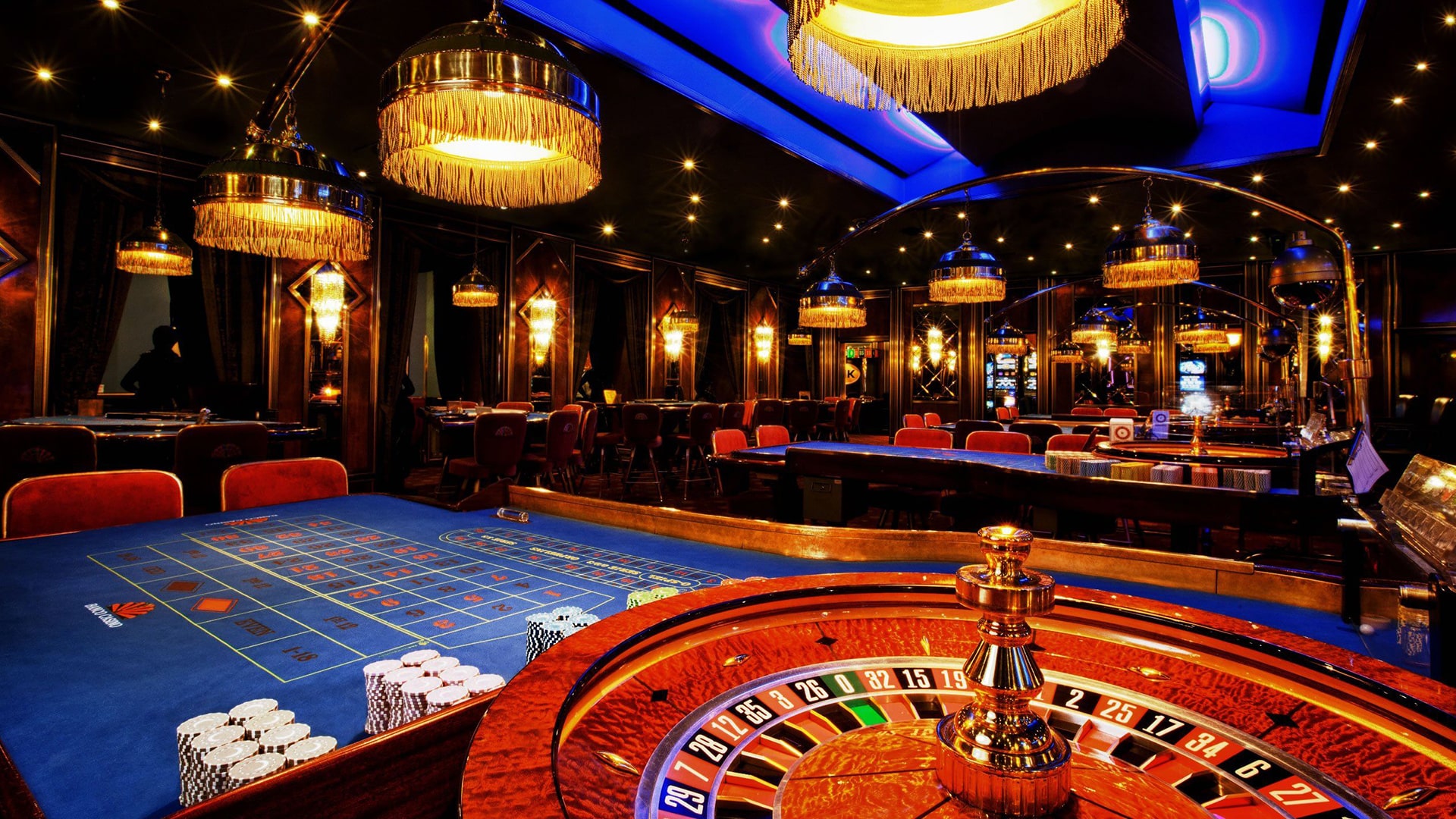
Gambling games have long been a fascinating source of amusement, drawing countless of players from different cultures around the globe. From the glitzy casinos of the Strip to the bustling gambling halls of the Chinese gambling capital, these games serve as a link that connects people across different backgrounds. The allure of fortune, skill, and uncertainty entices not only those looking to win money but also those looking for a shared experience.
The cultural impact of casino games extends well beyond the gaming floor. They often represent the cultural standards and principles of the communities in which they flourish. Games such as Texas hold ’em, 21, and the spinning wheel have woven themselves into the fabric of popular culture, influencing everything from movies to style. As we explore this fascinating intersection of luck and culture, we can better understand how casino games shape and are influenced by the environment surrounding us.
Historical Development of Gaming Activities
The roots of gambling games can be traced back to ancient civilizations, where betting in various forms was widely practiced. In Ancient China, around 2300 BC, a form of gambling known as Keno was popular, while in ancient the Roman Empire, soldiers would regularly bet on the outcomes of their contests. The idea of using randomness for amusement and profit developed over the centuries, leading to the creation of more formal activities. By the final Middle Ages, betting houses started to emerge in European nations, particularly in Italy, which brought forth early versions of well-liked games still enjoyed today.
As gambling increased recognition in European regions, the 17th and 18th centuries saw the rise of gambling establishments as dedicated locations for betting. The first official casino, the Ridotto, was set up in the city of Venice in sixteen thirty-eight, featuring activities like the game of Baccarat and Faro. non UK casino This era marked a significant turning point, as casinos commenced to attract not just the elite but also the burgeoning middle-income class. The sophistication of games evolved, leading to the creation of new guidelines and variations that improved the experience of players.
In the 19th century, the era of industrialization and changes in social conventions further altered the landscape of casino games. The introduction of roulette and contemporary one-armed bandits attracted a larger audience, and gaming houses became seen as legitimate fun. This time witnessed the globalization of gaming, as casinos expanded from European nations to the Americas, culminating in the creation of the iconic Strip of Las Vegas in the 20th century. The evolution of gambling games has continued into the modern era, including new technologies and digital services, rendering them accessible to a global audience.
## Cultural Relevance across Different Communities
Casino activities have profound cultural significance within a multitude of cultures across the globe. For instance, in Las Vegas, the very essence of the city is woven around casinos, where playing is not just a pastime but a fundamental aspect of leisure and community life. The bright lights and lively atmosphere attract millions, showcasing how gambling activities can impact local financial landscapes and local cultures. This environment transforms the notion of recreation into an engaging experience that influences apparel, music, and even film.
In contrast, some communities treat wagering with more caution, considering it through the lens of ethical beliefs and customs. For example, in various Eastern societies, games like Mahjong and Pai Gow are full of history and possess significant social relevance. These games are often played during meetings and celebrations, fostering social ties and solidifying kinship ties. The act of playing these games goes beyond mere amusement, reflecting values such as honoring elders and the value of communal fun.
Simultaneously, in continental countries such as Monaco and the Italian Peninsula, casino games serve as symbols of luxury and elegance. The elegant atmosphere of these locations attracts both tourists and locals, maintaining a sense of distinction and elitism. The art of Texas Hold’em and the strategic elements of games like banker’s game are esteemed, shaping community relationships and cultivating an attraction that fascinates a diverse audience. This underscores how casino games can both echo and mold cultural attitudes towards danger, benefit, and social interaction.
Economic Impact and Tourism
Gambling activities play a significant role in the economic landscape of many regions, particularly those that depend significantly on tourism. The revenue produced from casino operations fuels local financial systems, creating employment opportunities not only within the casinos but also but also in connected industries such as hospitality, restaurant services, and recreation. This influx of tourists, drawn by the attraction of gambling and the overall casino experience, stimulates expenditure across multiple local enterprises, contributing to the economic health of the region.
The existence of casinos often leads to the construction of infrastructure, including hotels, transportation systems, and recreational facilities. These developments are essential in enhancing the overall visitor satisfaction, making locations more attractive to visitors. Additionally, many casinos invest in local communities through sponsorship of activities and charitable initiatives, further embedding themselves into the social fabric of the region. Such contribution not only supports economic growth but also fosters a positive reputation of the gambling sector.
In addition, the worldwide appeal of casino games drives competitive tourism, with locations vying to attract gamblers from across the globe. Iconic destinations like Las Vegas and Macau have become identifiable with casino culture, drawing millions each year. This competitive edge encourages innovation and variety within the gaming industry, influencing developments in leisure and accommodation that resonate beyond their borders. The ripple effects of this visitor influx extend far, impacting local economies and cultural interactions on a worldwide scale.
